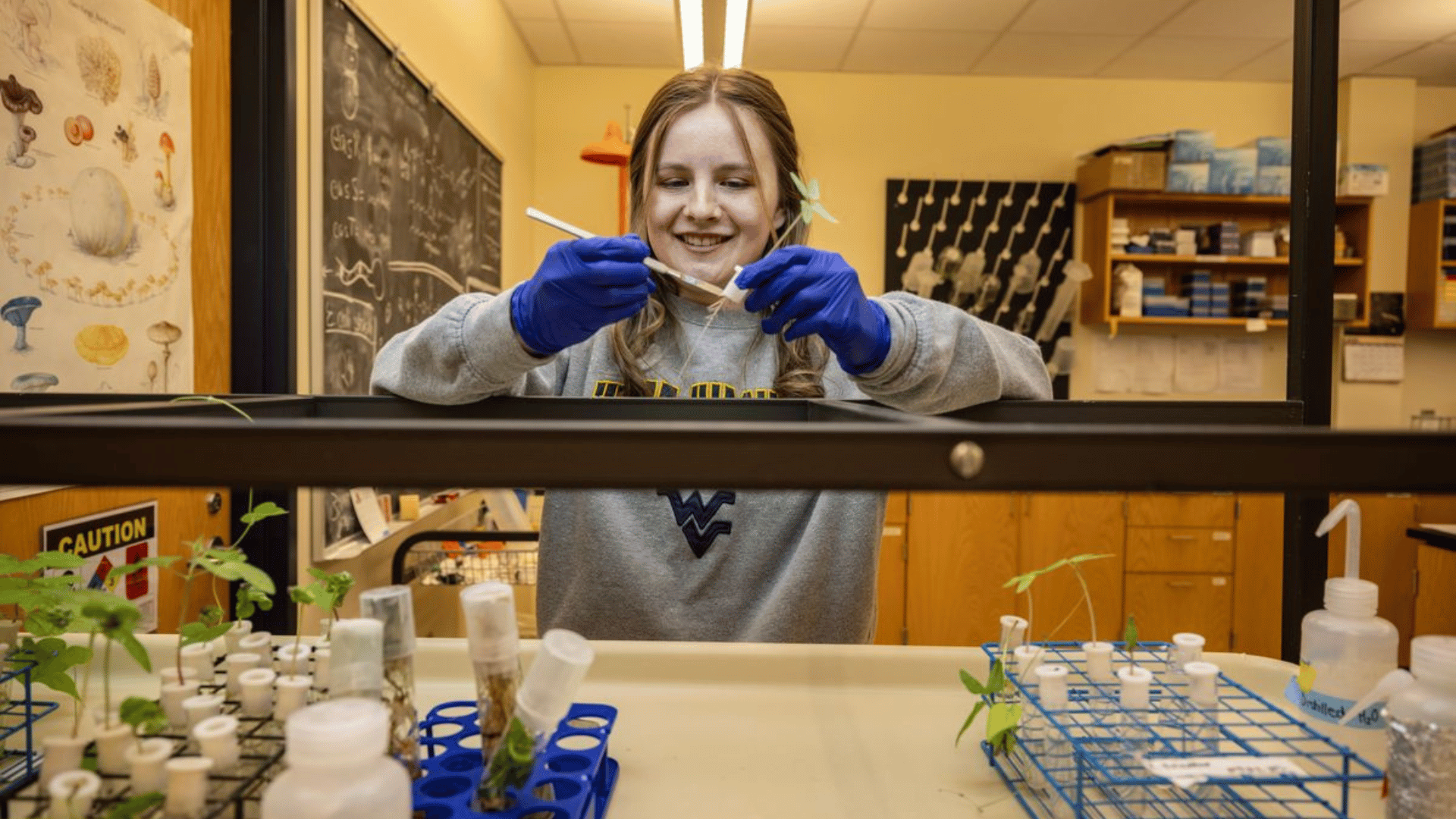A student from West Virginia University (WVU) discovered a sought-after fungus that produces similar psychedelic effects to the semisynthetic drug LSD. The drug is often used to treat conditions like depression, post-traumatic stress disorder, and addiction.
Corinne Hazel, an environmental microbiology major, discovered the fungus while working in the lab with Daniel Panaccione, a Plant and Soil Sciences Professor at WVU. Hazel discovered the new species of fungus while growing glory plants. She named it Periglandula clandestina.
Hazel’s research included studying how morning glories disperse protective chemicals called “ergot alkaloids” through their roots. During this research, she spotted evidence of fungus.
“We had a ton of plants lying around and they had these tiny little seed coats,” she said. “We noticed a little bit of fuzz in the seed coat. That was our fungus.”
A Pharmaceutical Fungus

Researchers took a DNA sample of the fungus for genome sequencing and confirmed the discovery of a new species. The sequence is now in a gene bank with Hazel’s name on it. “Sequencing a genome is a significant thing,” Panaccione said. “It’s amazing for a student.”
While discovering the new fungus is revolutionary, the fungus producing the alkaloids has long been hypothesized by the inventor of LSD.
According to the press release, morning glory plants live in symbiosis with fungi that produce the same ergot alkaloids that Albert Hofmann modified when he invented LSD in the 1930s. He hypothesized that a fungus in morning glories produced similar alkaloids to those in LSD. However, it was a mystery until the recent discovery.
“Morning glories contain high concentrations of similar lysergic acid derivatives that give them their psychedelic activities,” Panaccione said. “This inspired Hofmann and others to investigate morning glories for the presence of a hidden fungus related to the ergot fungus that might be the source of these chemicals.”
He added, “They found very similar chemicals, but they could never find the fungus itself.”
Fungi exclusively produce ergot alkaloids. If used therapeutically, they can be poisonous to humans and livestock and cause unwanted side effects. However, some clinicians still use them to help treat migraines, dementia, uterine hemorrhaging, and Parkinson’s disease.
According to the researchers, Periglandula clandestina is highly efficient at producing large quantities of ergot alkaloids, which could be a characteristic for future pharmaceuticals. Panaccione says the discovery opens up various research opportunities.
“Many things are toxic. But if you administer them in the right dosage or modify them, they can be useful pharmaceuticals,” he said. “By studying them, we may be able to figure out ways to bypass the side effects. These are big issues for medicine and agriculture.”


